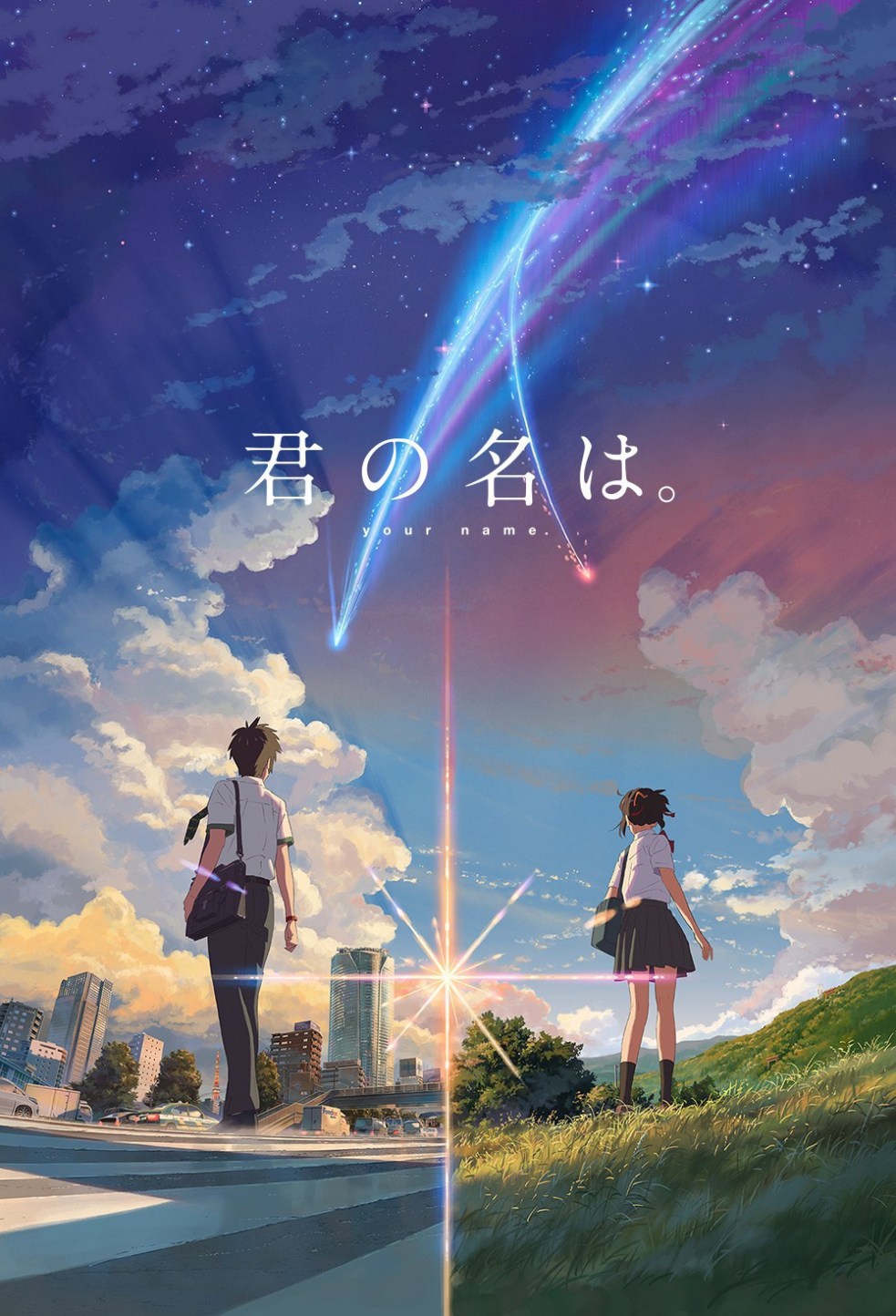
I started learning Japanese back in February. Here’s the backstory.
It’s been a blast so far. たのしいです。 I’ve decided to keep a vlog for fun, for practice, and to track progress. (Vlog located at the bottom. I hope to post monthly updates.)
This is my journey so far. I started out with a vague goal of wanting to speak Japanese, but not really knowing how to get there. I only knew that I didn’t want to learn “textbook Japanese” through a formal study. I had to first learn how to learn Japanese.
There seems to be two schools of thought. One is that you need a system (a good program, daily routine, practice, etc.) The second thought is that you do not “learn” a language, you “acquire” it (immersion.) My premise is that you probably need a little of both.
Month 1: I started collecting a variety of resources (iPhone apps, websites, YouTube, manga, etc.) I quickly discovered that I did remember a little Japanese from my youth (I flunked Japanese school when I was little.) I also remembered about 90% of hiragana, which was a big help. The turning point was when I bumped into a few visiting students from Tokyo on our campus. I wanted to be friendly and have conversations with them. All I could mutter was “konnichiwa.” My essential question became, “so what do I want to be able to say in Japanese?”
Month 2: I quickly discovered that a lot of what I learned in the 1st month was either rude or useless. Words like anata, sayonara, etc. A Japanese YouTuber asked, “Why are foreigners learning a style of Japanese that we don’t speak?” I had to rethink and redesign my methods. I got off the apps and vocabulary recordings and sought out more natural Japanese. This led me to Japanese vloggers, talk shows, and J-dramas. I also started journaling to take notes of important phrases and topics. So instead of being a passive receiver of information, I decided to teach myself what I wanted to learn.
Month 3: I moved more toward the side of immersion. I got into culture, cuisine, and even J-pop, all via YouTube. I watched my first anime and J-drama on the DaiWEEB website. Here you can toggle on-and-off Japanese and English subtitles. Of course some of the dialog is not used in real life, but I learned about body language, gestures, and nuances (masculine/feminine, polite/casual, seniority, etc.) I’m also trying to speak a little now (to coworkers, to myself, and to inanimate objects…)
Self-study has allowed me to make adjustments on the fly, whereas a program would have to be scrapped. Immersion has made this process rich, engaging, and fun. I don’t see it as a “task,” but moreso as “recreation.” 日本語 has become a passion.
They say it takes 2200 hours to become fluent in Japanese (approximately 6 years for one hour of daily study.) I’m “studying” about two hours per day now. And with my Japanese school background, I hope to be able to converse in Japanese in half that time (ETA 2022.)
がんばります。



